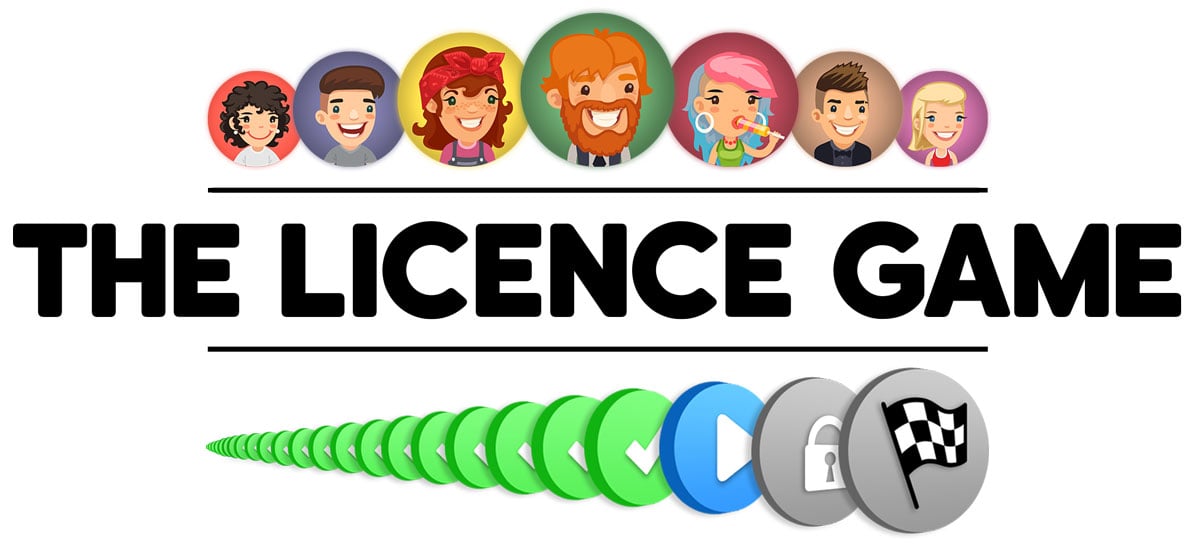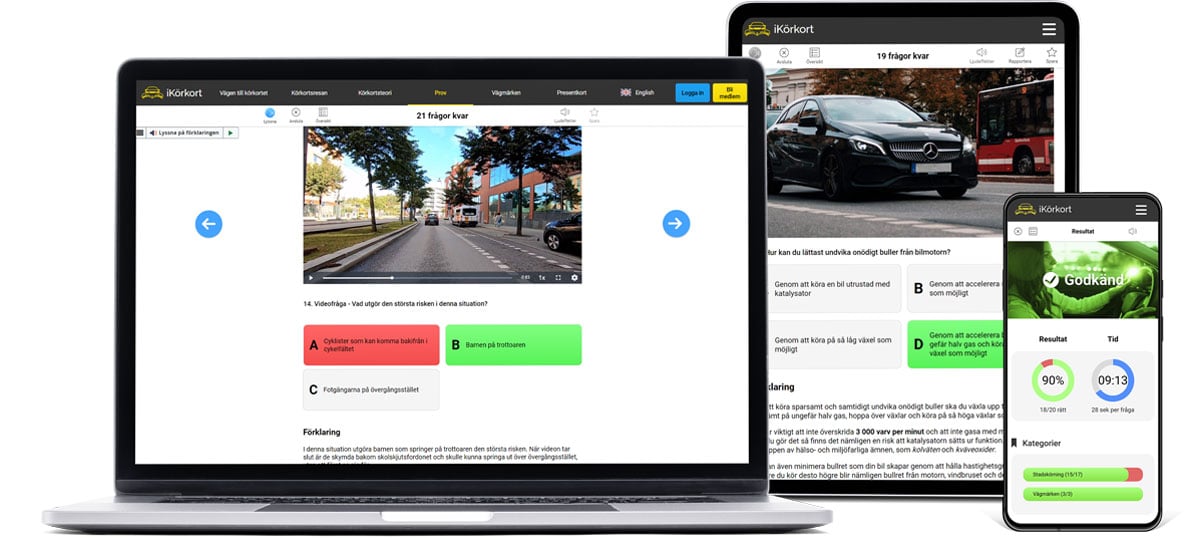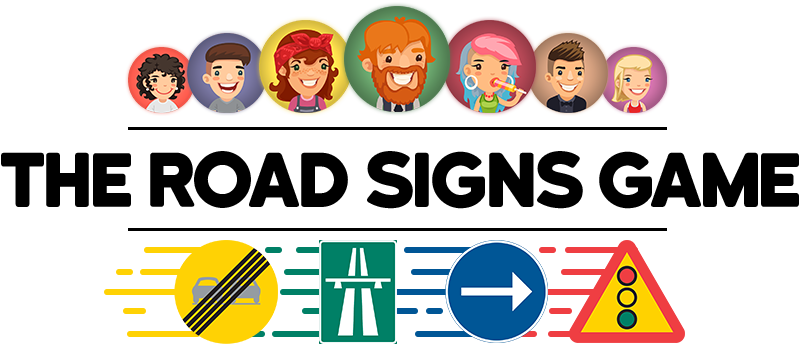 iKörkort
iKörkort
 Tests
Tests

 Language
Language

To judge and calculate distances and speeds, the brain uses a variety of clues and details that it interprets and analyses. For example, telephone poles along a road can help the brain estimate the distance to a particular point further away, and how quickly an oncoming car grows in size gives an indication of its speed.
If these clues and details become unclear due to darkness, rain, snow, fog or the like it will be much more difficult for the brain to make accurate assessments.
Sometimes the brain even interprets certain impressions completely incorrectly, which in the worst case can lead to optical illusions.
Alcohol, drugs and fatigue make it virtually impossible for the brain to make accurate assessments, which can lead to optical illusions even under normal driving conditions – for example, when driving on a straight road in daylight.
Alcohol, drugs and fatigue can also lead to hallucinations. A hallucination is a perception of something that is not really there, as distinct from an optical illusion, which is a misinterpretation of something real. Hallucinations are entirely created by the brain.



